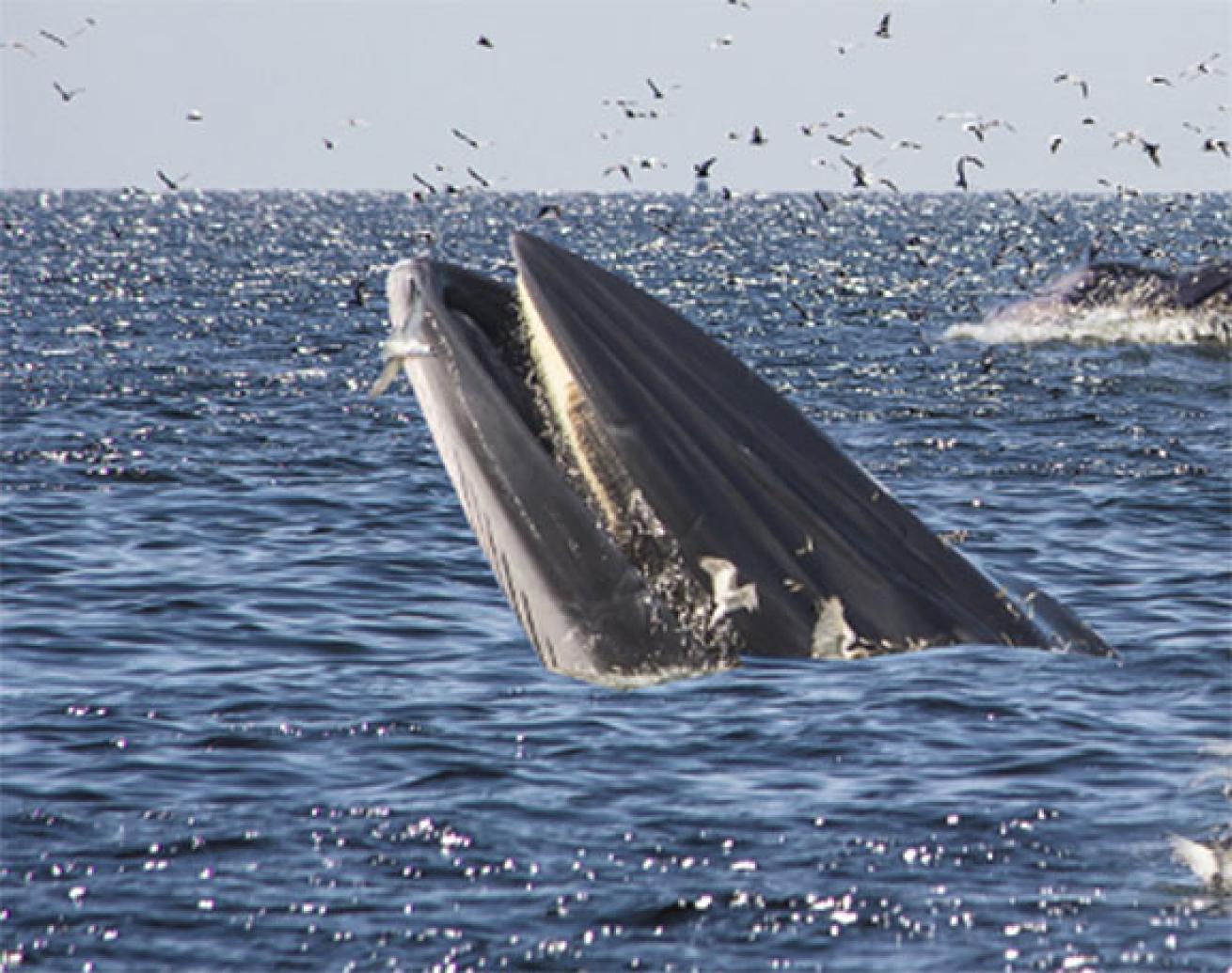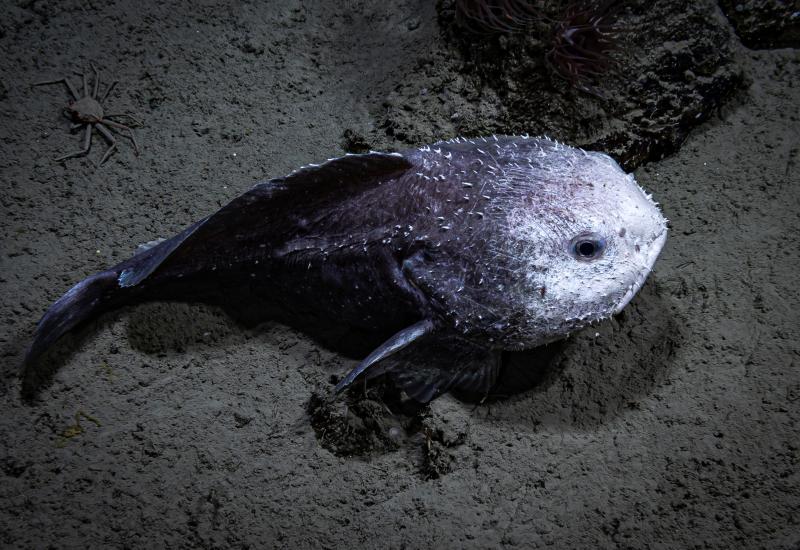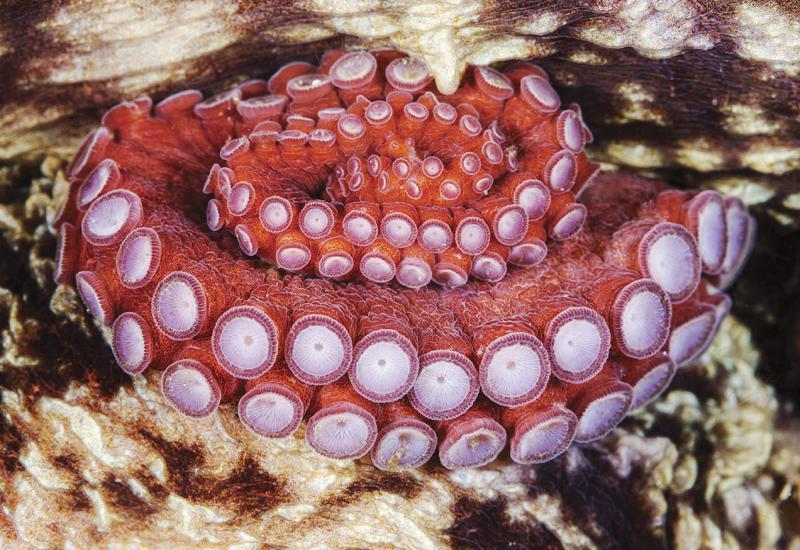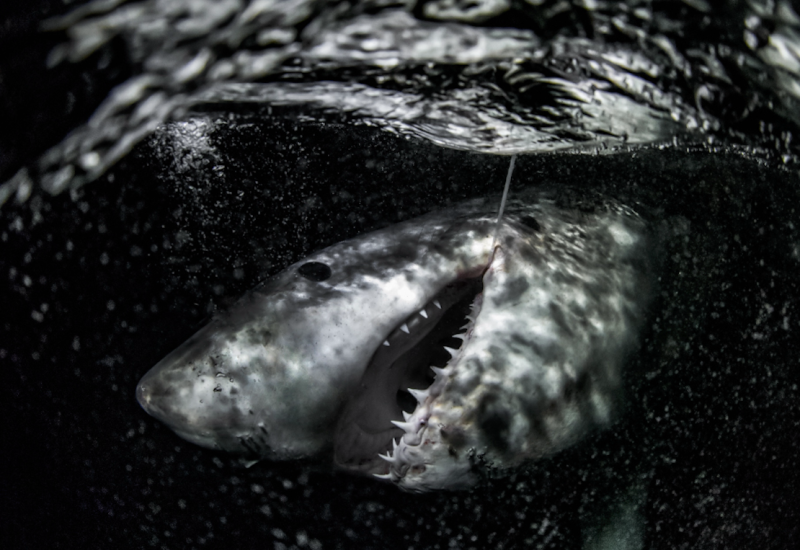7 Facts about Bryde’s Whales

ShutterstockBryde's whales are known for spectacular feeding behaviors, which involve lunging mouth agape through schools of fish and krill.
These baleen whales (Balaenoptera brydei) are closely related to blue and humpback whales. Did you know these interesting facts about Bryde's whales?
1. Bryde's whales are named after Norwegian commercial whaling pioneer Johan Bryde. The pronunciation of the name Bryde's is not, as is generally thought, the same as bride — a woman on her wedding day — but rather, BROO-dus.
2. The 35- to 50-foot marine mammals can be found in warm waters in the Atlantic, Pacific and Indian oceans. They generally travel at speeds of less than 5 miles per hour, but when threatened, they can reach speeds up to 15 miles per hour.
3. Known for spectacular feeding behaviors, which involve lunging mouths agape through schools of fish and krill, Bryde’s whales have a diverse diet.
4. They usually appear individually or in pairs, and occasionally in loose aggregations up to 20 animals around feeding areas. They are closely related to blue and humpback whales. Physically, they resemble sei whales. To ID them, look for the unique "splash guard" with three ridges near their blowholes, which protect their blowholes from accidentally taking in water.
The population of Gulf of Mexico Bryde's whales is one step closer to being listed as endangered.
5. Calves are about 11 to 13 feet long at birth and weigh about 2,200 pounds, or about the same weight as a cargo container. Adult female Bryde’s whales average about 44 feet long and males average 42 feet, about the length of a school bus. Scientists are unsure what the average lifespan is for a Bryde's whale.
6. They regularly dive for about 5 to 15 minutes (maximum of 20 minutes) after four to seven blows. Bryde's whales are capable of reaching depths down to 1,000 feet.
7. The population may include up to 90,000 to 100,000 animals worldwide. The U.S. population is divided into three groups: the Eastern Tropical Pacific stock (11,000–13,000 animals) and the Hawaiian stock (350–500 animals).
Love scuba diving or snorkeling with big animals? Read our list of the World's Best Places for Big Marine Animal Encounters.










